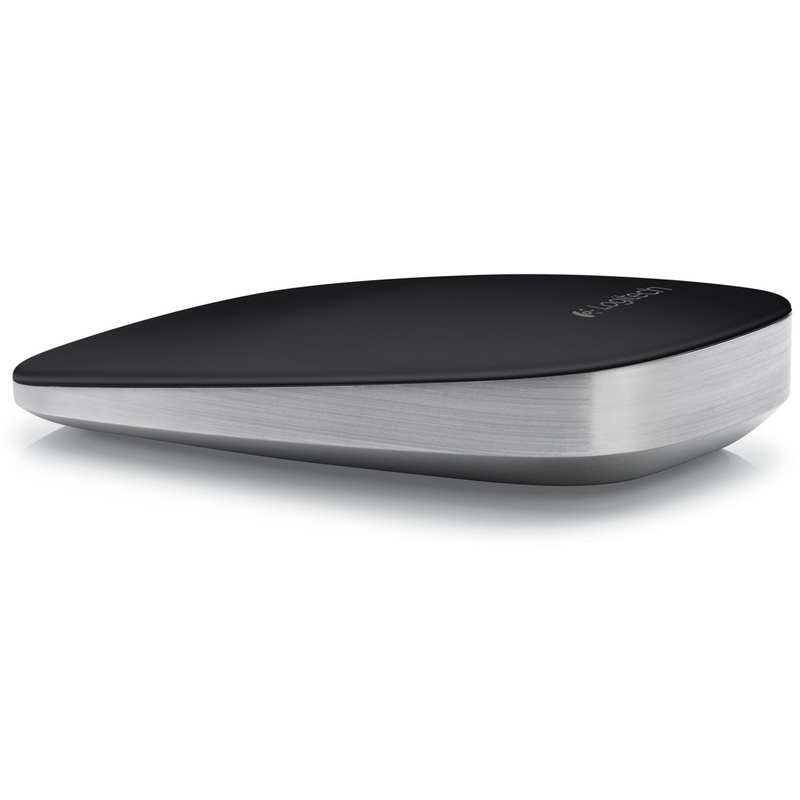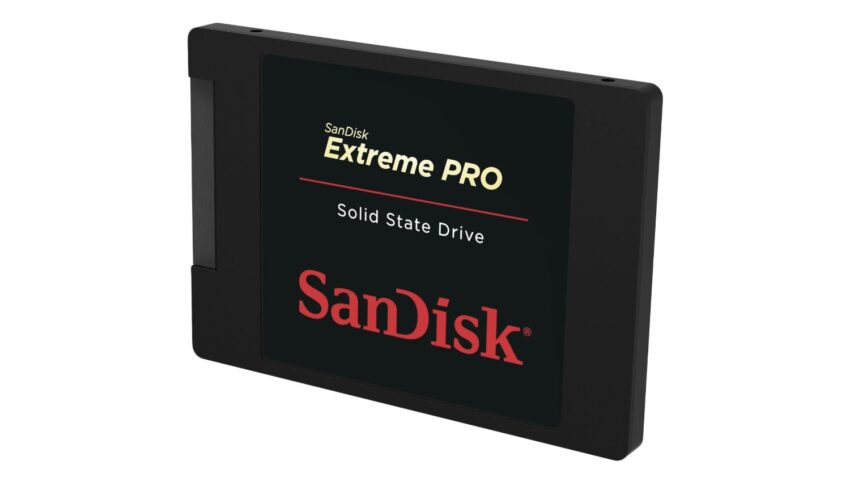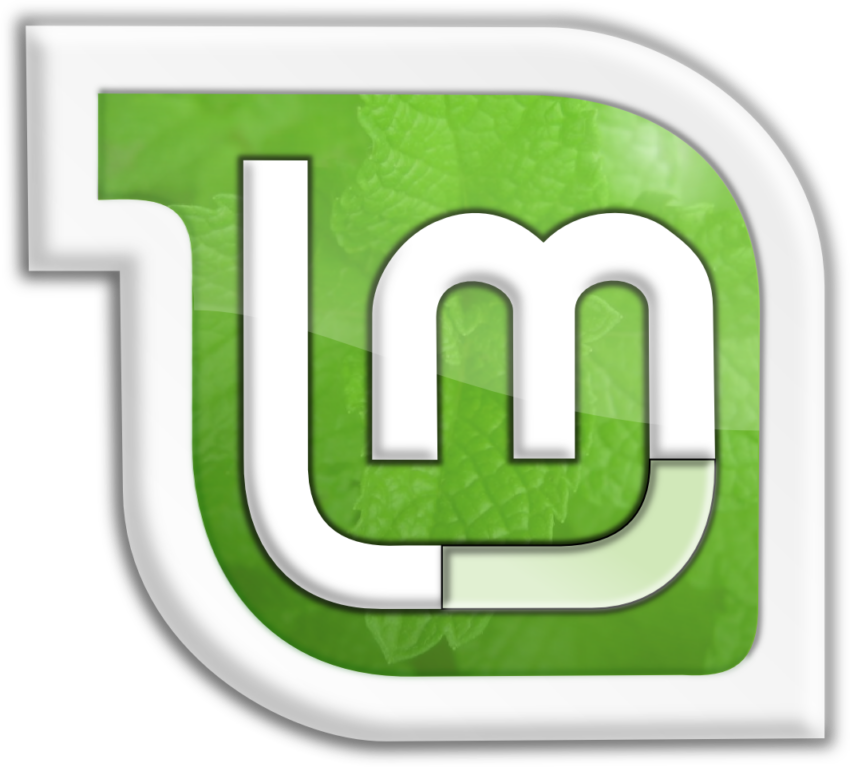It’s been couple of years since I’ve switched to Linux. I’ve been running Ubuntu for most of these two years after having too many stability related issues with Mint. When I switched over from Windows I was missing one critical piece of software that, I believe, everyone should use – a password manager. I’ve been…
Category: Linux
Windows update breaks GRUB on dual boot machines
It’s pretty widely known that major Windows updates may affect dual boot machines. This is what I’ve run into with my dual boot machine – Windows decided to install a major update and in doing that broke GRUB that managed my boot options. Few google searches later I’ve run across many ways of addressing the…
Installing KeePassX 2.x in Linux Mint
2018 Disclaimer: I’ve since switched to KeePassXC. More on that here. It’s been a little while since I’ve started playing around with Linux Mint on my laptop. It took me very little time to install few major applications and all seemed good. Then I run into a situation which prompted me to convert my desktop…
Adding NEF preview to Linux Mint file manager Nemo
If you want to be able to preview NEF (Nikon raw) images in Linux Mint’s file manager Nemo, you need to do the following: Open Preferences window for Nemo file manager from Edit -> Preferences menu Switch to Preview tab within the Preferences window Set “Show Thumbnails” to Always if you want to show thumbnails…
Reconnecting a bluetooth mouse in Linux Mint upon reboot
I use a bluetooth mouse with my laptop (never could understand manufacturers pushing their proprietary USB wireless peripherals – why take up a USB port when all laptops have bluetooth built-in). When I installed Linux Mint (version 17.3) it has connected to my mouse just fine and I was able to use it with no…
SSD drives and Linux
Here is what I’ve done on my laptop to ensure better longevity of my shiny new SSD. The idea is to minimize write unnecessary write actions on the drive to prolong it’s life. For this I’ve followed few different sources, with one of them being the most specific and prescriptive. Ensure that your drive is…
Linux vs Windows
Well, it’s 2016 and the most recent Windows release (10 that is) is getting more and more bad publicity with the security and privacy issues. I have been looking at upgrading to Windows 10 but with all the news decided to try Linux. Again. I decided to switch my laptop first. Just recently bought a…





